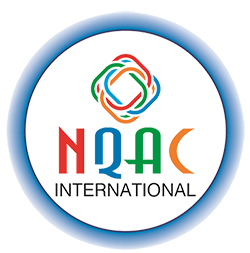ROHS : Restriction of Hazardous Substances

The Restriction of Hazardous Substances Directive 2002/95/EC, (RoHS 1), short for Directive on the restriction of the use of certain hazardous substances in electrical and electronic equipment, was adopted in February 2003 by the European Union.
The RoHS 1 directive took effect on 1 July 2006, and is required to be enforced and became a law in each member state.[3] This directive restricts (with exceptions) the use of six hazardous materials in the manufacture of various types of electronic and electrical equipment. It is closely linked with the Waste Electrical and Electronic Equipment Directive (WEEE) 2002/96/EC which sets collection, recycling and recovery targets for electrical goods and is part of a legislative initiative to solve the problem of huge amounts of toxic electronic waste. In speech, RoHS is often spelled out, or pronounced /ˈrɒs/, /ˈrɒʃ/, /ˈroʊz/, or /ˈroʊhɒz/, and refers to the EU standard, unless otherwise qualified.
Each European Union member state will adopt its own enforcement and implementation policies using the directive as a guide.
RoHS is often referred to (inaccurately) as the ‘lead-free directive’, but it restricts the use of the following ten substances:
- Lead (Pb)
- Mercury (Hg)
- Cadmium (Cd)
- Hexavalent chromium (Cr6+)
- Polybrominated biphenyls (PBB)
- Polybrominated diphenyl ether (PBDE)
- Bis(2-ethylhexyl) phthalate (DEHP)
- Butyl benzyl phthalate (BBP)
- Dibutyl phthalate (DBP)
- Diisobutyl phthalate (DIBP)
